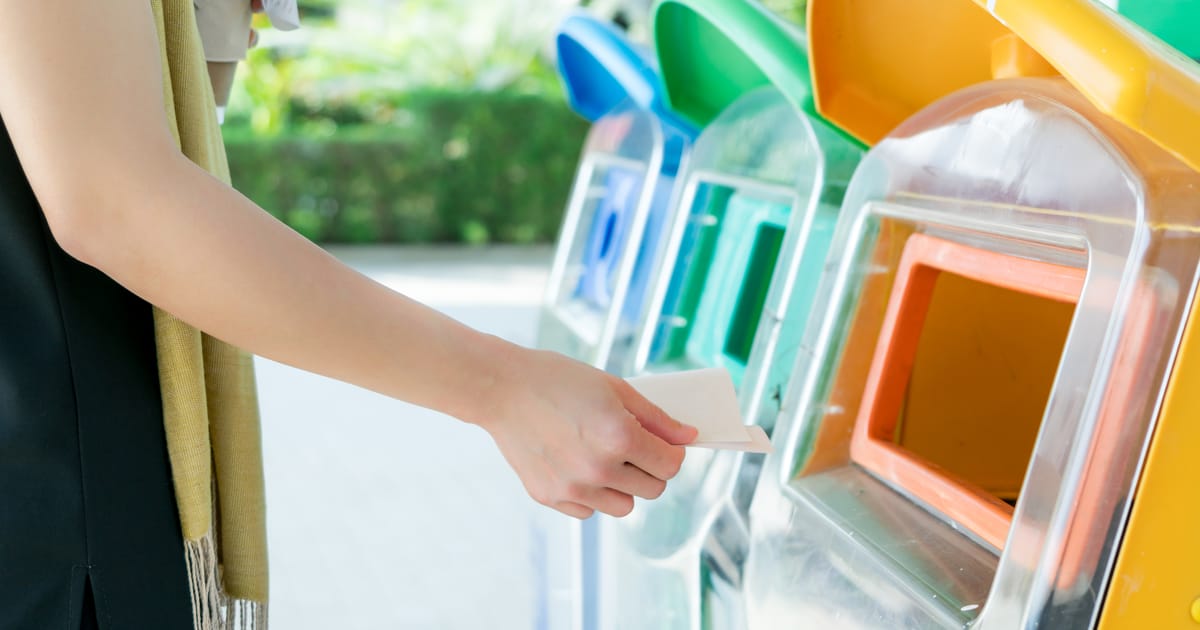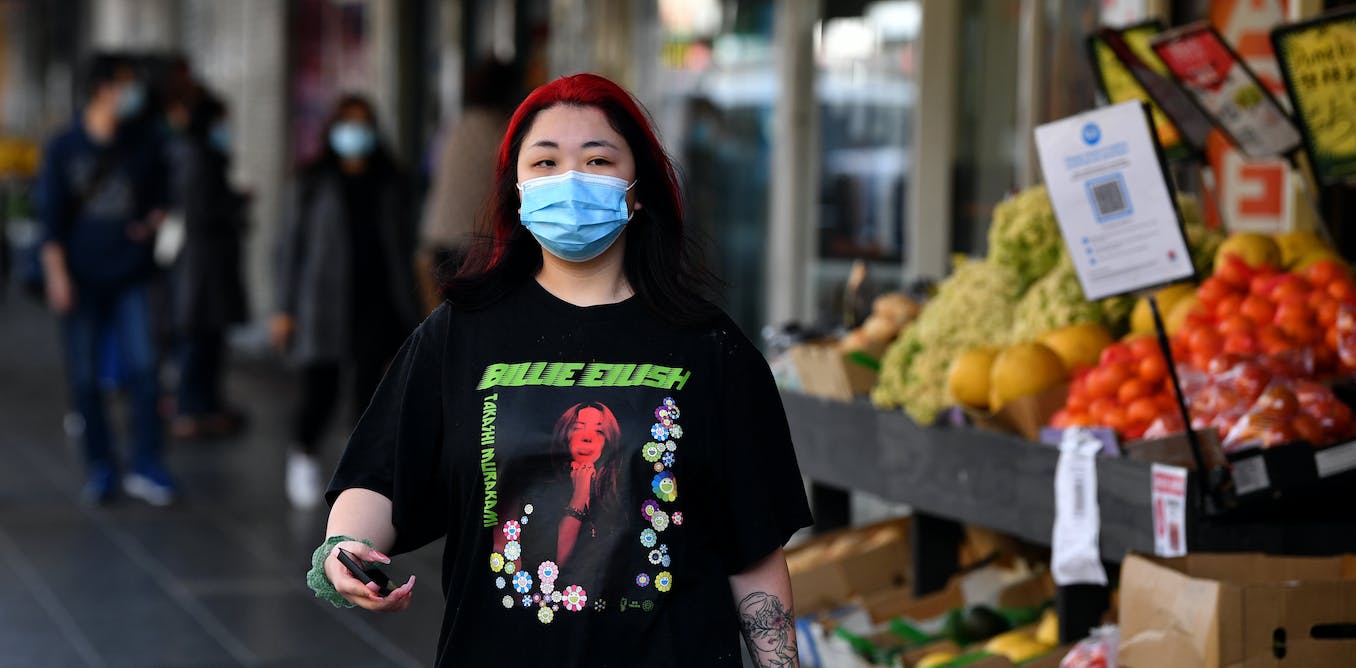On Europe’s journey to a circular economy, high quality recycling is essential. In fact, the recycling of fibre-based packaging constitutes one of the best examples. If you put your used paper products in the right recycling bin, you can count on them making their way to a facility that will recycle those materials so they can be used again many times to make packaging for breakfast cereal, boxes to carry your online deliveries, newspapers, and a whole host of other useful products.
Currently, about 75 percent of the raw materials used for the fibres in our packaging come from recycling. The rest comes from sustainably-managed forests. Our packaging helps keep fossil fuels in the ground, playing its part in making our planet greener. This is why fibre-based materials are widely recognized as one of the most sustainable choices available for packaging.
This is why fibre-based materials are widely recognized as one of the most sustainable choices available for packaging.
The EU’s packaging waste regulation: a key chance to enhance recycling systems
At Fibre Packaging Europe we believe the upcoming Packaging and Packaging Waste Regulation (PPWR) has a key role in making recycling even better. We now have a chance to set an ambitious 90 percent separate collection target for all EU member countries. Here separate collection means transferring materials from your paper and board bin to the recycling plant. There is no better way to ensure that our packaging reaches recyclers after it has been used, and it will further increase an already-remarkable 81.5 percent recycling rate (Eurostat, 2020), higher by volume than plastic, metal and glass combined.
Where we see a risk in the PPWR is if the regulation gets the definition of ‘high-quality’ recycling twisted by restricting it only to what it calls ‘closed loops’. A closed loop means a cereal box would need to be recycled into another cereal box. When fibres are allowed to be recycled universally into any paper and board application and product, it is effective, it is resource efficient, and it reduces CO2 emissions through avoided transportation (to that cereal box factory). Most importantly, it is a good and simple way to continue increasing recycling rates.
Brought to you by Fibre Packaging Europe
Don’t get the loop twisted: why material loops make most sense for paper
But don’t just take it from us. We spoke to seasoned professionals in the recycling business that Fibre Packaging Europe represents to hear first-hand their thoughts on closed loops, the real challenges recyclers face and what can be done to overcome them.
Does closed-loop recycling have a role to play for fibre-based packaging? John Melia, strategy development and innovation director at DS Smith’s Recycling Division, is very clear on this point. “Closed-loop recycling of paper packaging would make no sense in a mature, well-functioning recycling system built on a thriving market for secondary raw materials. It would bring disruption to the market, reduce the quality and lifespan of fibre, and increase the use of fossil fuels in the supply chain. This would be a significant step back from the high-performing recycling system we have today.”
Recycling systems based on ‘material loops’, on the other hand, mean that the raw materials we get from recycling processes are used in way that is far more versatile. They can be used to make a wide range of sustainable products that we use every day. The system works, and there is already in Europe a unique, thriving market for secondary raw materials in the fibre-based industry. In 2020, 56 million tons of ‘Paper for Recycling’ collected were transformed into equally high-quality new paper and board products.
If fibres get to the right recyclers, they have the tools to do the job
So how to make a high-quality recycling system even better? It all starts with collection.
“All fibre-based packaging is recyclable if, through collection and sorting, the material is guided to the right type of recycling mill”, explains Michel Willems, European Business Coordinator at Smurfit Kappa Recycling. ‘Separate’ collection systems, ones where non-paper materials such as plastic, metal and glass are collected separately from used paper products, can make it much easier to sort and send the material to the right recycling facilities. When it comes to fibre-based packaging products that are discarded by households, there’s an opportunity to further increase recycling rates.
So how to make a high-quality recycling system even better? It all starts with collection.
“As a general principle, the more homogenous a fibre-based waste stream is, the easier it is to find the correct mill to do the recycling. Nonetheless, the great advantage of fibre packaging recycling is that a homogenous waste stream is not an absolute necessity for the majority of paper-based products. Most can easily be collected in the same bin, for example, at home. Such a stream, following standard quality checks, is ready for immediate recycling at many mills throughout Europe”, said Michel.
“Our business is built around reducing the environmental impact of packaging on the planet, improving supply chains for billions of people. We have an excellent, high-performance recycling system for cardboard with the highest recycling rate of any packaging material in Europe. Corrugated board packaging occupies a very special place because it has been the most recycled product forever. We recycle a box a minimum of 25 times in its life. At the end, it just returns to nature. Our environmentally friendly product is 100 percent renewable, recyclable and biodegradable”, added Michel.
For John Melia, this point is far more important to a successful circular economy than looking at changing recycling systems. “The EU should be focusing on what we know will bring rates of paper recycling even higher: better recycling infrastructure including increased segregation of recycling raw materials through separate collection of municipal waste,” he says. “We in the industry are doing our part, but achieving the full potential of the fibre recycling system will only be possible through government policies that focus on what we know will make a difference.”
So, when we look to complete the loop on the circular economy, let’s listen to the recyclers themselves. Let’s build on the high-quality recycling that already exists to build a greener Europe with the packaging products we know are sustainable.




